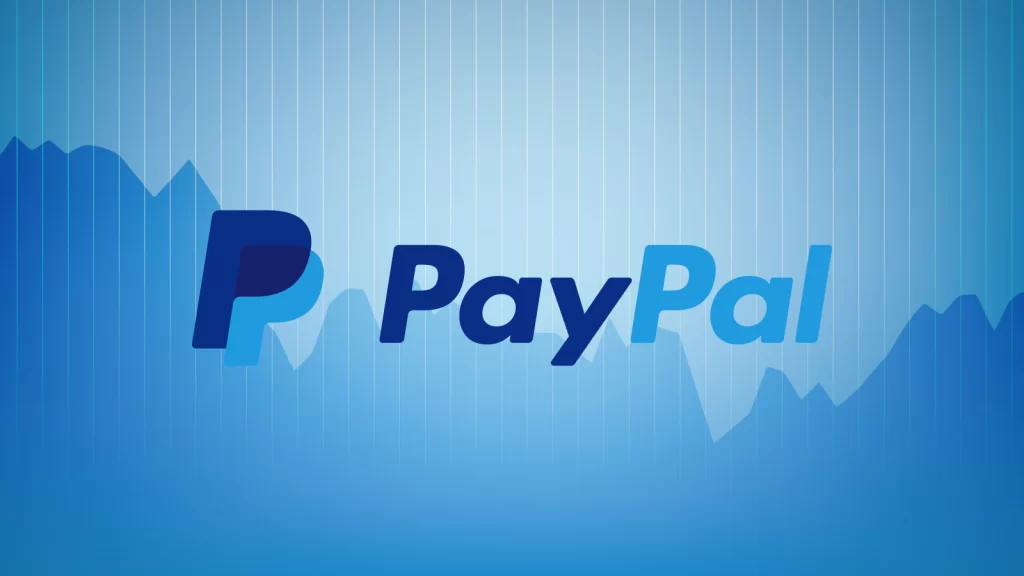PayPal (NASDAQ: PYPL) was once considered a reliable play on the growing fintech market. It was one of the world’s largest digital payment platforms, and it initially generated robust growth after its spin-off from eBay in 2015.
But over the past three years, PayPal’s stock plunged 80%. The bulls, who had driven the stock to an all-time high in 2021, retreated as its growth cooled off. Let’s see if this out-of-favor stock can bounce back over the next three years. Why did PayPal’s growth slow down?
From 2015 to 2020, PayPal’s revenue expanded at a compound annual growth rate (CAGR) of 18%. Its total payment volume (TPV) rose at a CAGR of 27%, while its adjusted earnings per share (EPS) increased at a CAGR of 25%. Its total number of year-end active accounts more than doubled from 179 million to 377 million.
But during that period, two important things happened. First, eBay replaced PayPal with its Dutch competitor Adyen as its preferred payments provider in a five-year transition from 2018 to 2023. Second, the pandemic generated strong tailwinds for PayPal in 2020 and 2021 as more businesses and consumers relied on its digital payments. As a result, PayPal’s pandemic-driven growth temporarily offset its ongoing loss of eBay’s payment revenues to Adyen.
Once PayPal lapped its growth spurt during the pandemic, its problems became more apparent. Its TPV growth decelerated, it struggled to gain new accounts, and the inflationary headwinds exacerbated that pressure by curbing consumer spending.
The market was also evolving. Big tech companies like Apple and Alphabet’s Google were expanding their own digital payment ecosystems, and buy now, pay later (BNPL) platforms like Affirm were carving out a niche with younger and lower-income shoppers.
PayPal expanded its ecosystem with the peer-to-peer payments app Venmo, its own BNPL tools, crypto trading services, its backend platform Braintree, and other features to widen its moat over the past few years, but it was clearly struggling to gain new users. Its annual transaction take rate, or the cut of each transaction it retains as revenue, declined from 2.89% in 2015 to 1.76% in 2023 and has never expanded year over year.
What are PayPal’s turnaround plans?
That’s why it wasn’t too surprising when Dan Schulman, who had led PayPal ever since its spin-off from eBay, stepped down at the end of 2023. His successor, Alex Chriss, believes PayPal can squeeze more transactions from its existing users with new features — including the streamlined checkout service FastLane, the Smart Receipts tool, and the Cash Pass rewards program — to offset its stagnant growth in active accounts.
But at the same time, Chriss plans to continue Schulman’s strategies of cutting costs and buying back more shares to boost PayPal’s adjusted EPS. That balancing act could be tough to pull off unless PayPal’s top-line growth stabilizes.
From 2023 to 2026, analysts expect PayPal to grow its revenue at a CAGR of 8% as its EPS increases at a CAGR of 9%. That outlook is stable, but it will probably disappoint a lot of investors who had grown accustomed to PayPal’s double-digit growth rates. The stock looks cheap at 16 times forward earnings, but it could continue to trade like a value stock instead of a growth stock unless it gains new accounts and grows its take rates again.
So where will PayPal’s stock be in three years?
If PayPal meets Wall Street’s earnings expectations and its valuations hold steady, its stock price could rise 30% over the next three years. That’s a decent gain for a maturing fintech company, but its growth could still be derailed by macro and competitive challenges. With 427 million active accounts at the end of its latest quarter, PayPal won’t fade away anytime soon. But it’s a hard stock to recommend unless it balances its long-term growth strategies with its cost-cutting tactics.



